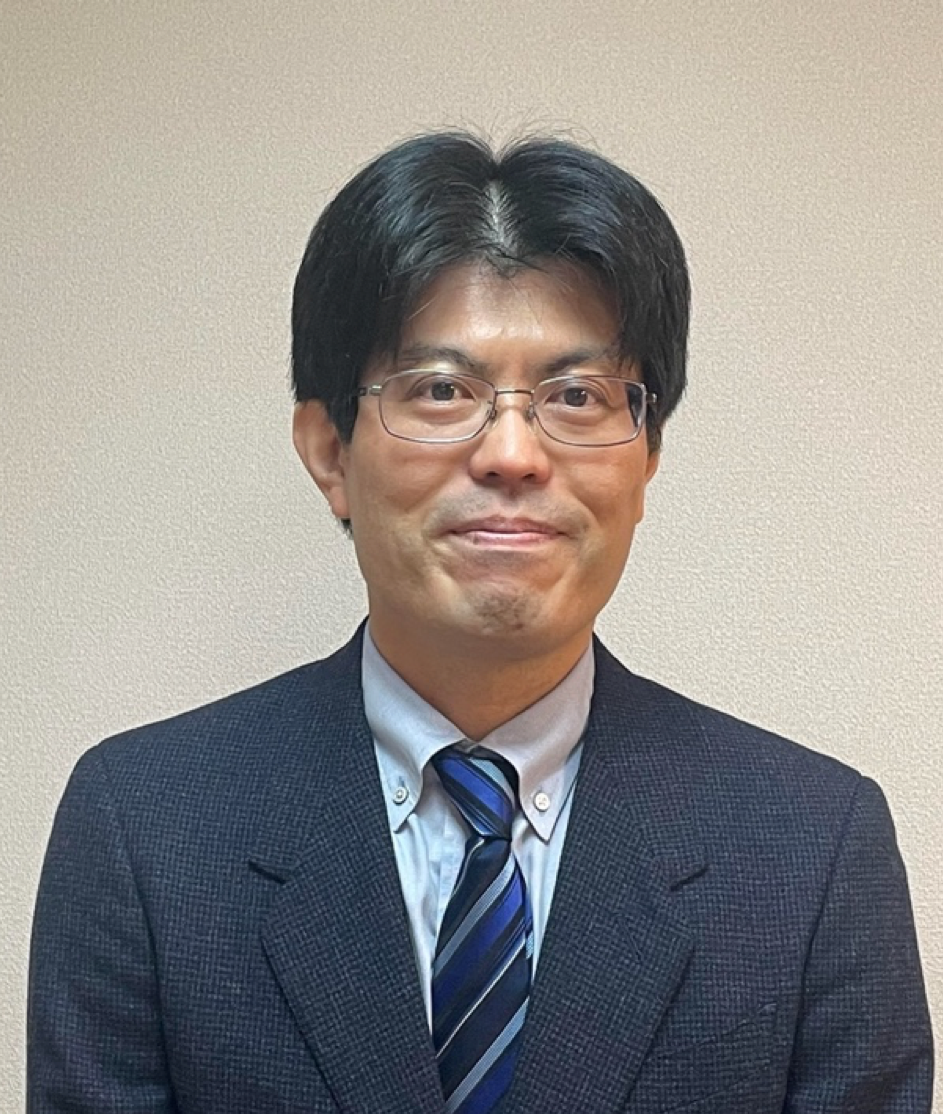Masatsugu Hamaji1, Jin Ye Yeo2
1Department of Thoracic and Cardiovascular Surgery, Nara Medical University, Japan; 2MED Editorial Office, AME Publishing Company
Correspondence to: Jin Ye Yeo. MED Editorial Office, AME Publishing Company. Email: med@amegroups.com
This interview can be cited as: Hamaji M, Yeo JY. Meeting the Editorial Board Member of MED: Prof. Masatsugu Hamaji. Mediastinum. 2024. https://med.amegroups.org/post/view/meeting-the-editorial-board-member-of-med-prof-masatsugu-hamaji.
Expert introduction
Prof. Masatsugu Hamaji (Figure 1) obtained his MD degree in Kyoto University Hospital in 2001 and PhD in Bioartificial Organ in Graduate Medical School of Kyoto University in 2016. Prof. Hamaji is a board-certified general thoracic surgeon and lecturer at Kyoto University Hospital. He joined the faculty of General Thoracic Surgery at Kyoto University after he finished a two-year clinical fellowship of general thoracic surgery at the Mayo Clinic Rochester, MN and one-year clinical fellowship of minimally invasive thoracic surgery at Brigham and Women’s Hospital, Boston, MA.
He has been involved in Minimally Invasive Thoracic Surgery and Lung transplantation since 2016. His clinical and research interest includes thymic epithelial tumors, chest wall reconstruction, and extended resection for locally advanced non-small cell lung cancer.
Prof. Hamaji plays a humble but steady role in numerous organizations, including the Member of Cardiothoracic Surgery Network, European Society of Thoracic Surgeons (ESTS), the Japanese Association for Thoracic Surgeons (JATS), the Japanese Association of Chest Surgeons (JACS), etc. He also authored a number of articles in the general thoracic surgical field, in collaboration with national and international institutions.

Figure 1 Prof. Masatsugu Hamaji
Interview
MED: What motivated you to specialize in general thoracic surgery?
Prof. Hamaji: Before I graduated from medical school of Kyoto University, my beloved grandfather passed away from lung cancer, which I decided to fight against.
MED: Could you share a brief overview of the current publications on thymic epithelial tumors?
Prof. Hamaji: Thymic epithelial tumors are the second most frequent malignancy in the thorax. Asian countries have contributed tremendously to the progress of research in thymic epithelial tumors, but there still is room for advancement in this field. Due to its rarity, molecular or genetic studies are challenging. Tissue banks will be required for extensive research and we are currently working on a project.
MED: You recently led a special series on ‘Locally Advanced Thymic Epithelial Tumors’ for MED. Could you share what drove you to lead this special series?
Prof. Hamaji: Multidisciplinary team approach is very important for the treatment of locally advanced thymic epithelial tumors. When I was invited as a Guest Editor for a special issue of the Mediastinum journal, I came up with the title. This series explored the oncological, pathological, radiological, and surgical management of locally advanced thymic epithelial tumors, bringing together experts from multiple disciplines to review the most recent evidence and discuss their knowledge and experiences.
MED: What are the most significant challenges of chest wall reconstruction that surgeons and/or researchers face? What research gaps do you think should be tackled to overcome these challenges?
Prof. Hamaji: In the process of chest wall reconstruction, the most challenging aspect would be to restore the physical motion of the reconstructed chest wall. The ideal material for chest wall reconstruction would be regenerated biological chest wall, which would be financially unrealistic. From a practical point of view, the development of artificial materials that have both rigidity and flexibility will be a project in the future.
MED: Given your involvement in lung transplantation, what advancements in this field do you find most promising, and how do they translate to better patient outcomes?
Prof. Hamaji: My involvement in lung transplantation has been mainly with clinical work. Xenografts in lung transplantation may be promising, but are probably not ready for clinical application in the near future. Instead, pursuing the optimal temperature in organ preservation would translate to better patient outcomes.
MED: How do you approach the complexities of extended resection for locally advanced non-small cell lung cancer, and what research findings have most influenced your surgical practice?
Prof. Hamaji: As in locally advanced thymic epithelial tumors, multidisciplinary team approach is very important for treatment of locally advanced non-small cell lung cancer. Clinical trials on induction therapy with immune checkpoint inhibitors have influenced my surgical practice the most. Induction therapy will enable us to achieve complete resection of locally advanced non-small cell lung cancer, which may not be completely resected following induction chemotherapy only.
MED: You have collaborated with both national and international institutions in your research. How have these collaborations enhanced your work, and what have you learned from working with diverse teams?
Prof. Hamaji: From my personal viewpoint, collaboration with international institutions or researchers benefitted us the most. I had a clinical fellowship in North America more than ten years ago. but my mentors, friends, and colleagues from that stint have still been my mentors, friends, and colleagues. I strongly recommend junior surgeons to interact with overseas physicians or researchers.
MED: How has your experience been as a longstanding Editorial Board Member of MED?
Prof. Hamaji: It has been an excellent experience working as an Editorial Board Member of MED.
MED: As an Editorial Board Member, what are your expectations for MED?
Prof. Hamaji: Nothing more would be expected from my side. I would expect MED to continue to work with me in the future. Hopefully I will work for MED, as a reviewer, an editorial board member, and a potential editor.
